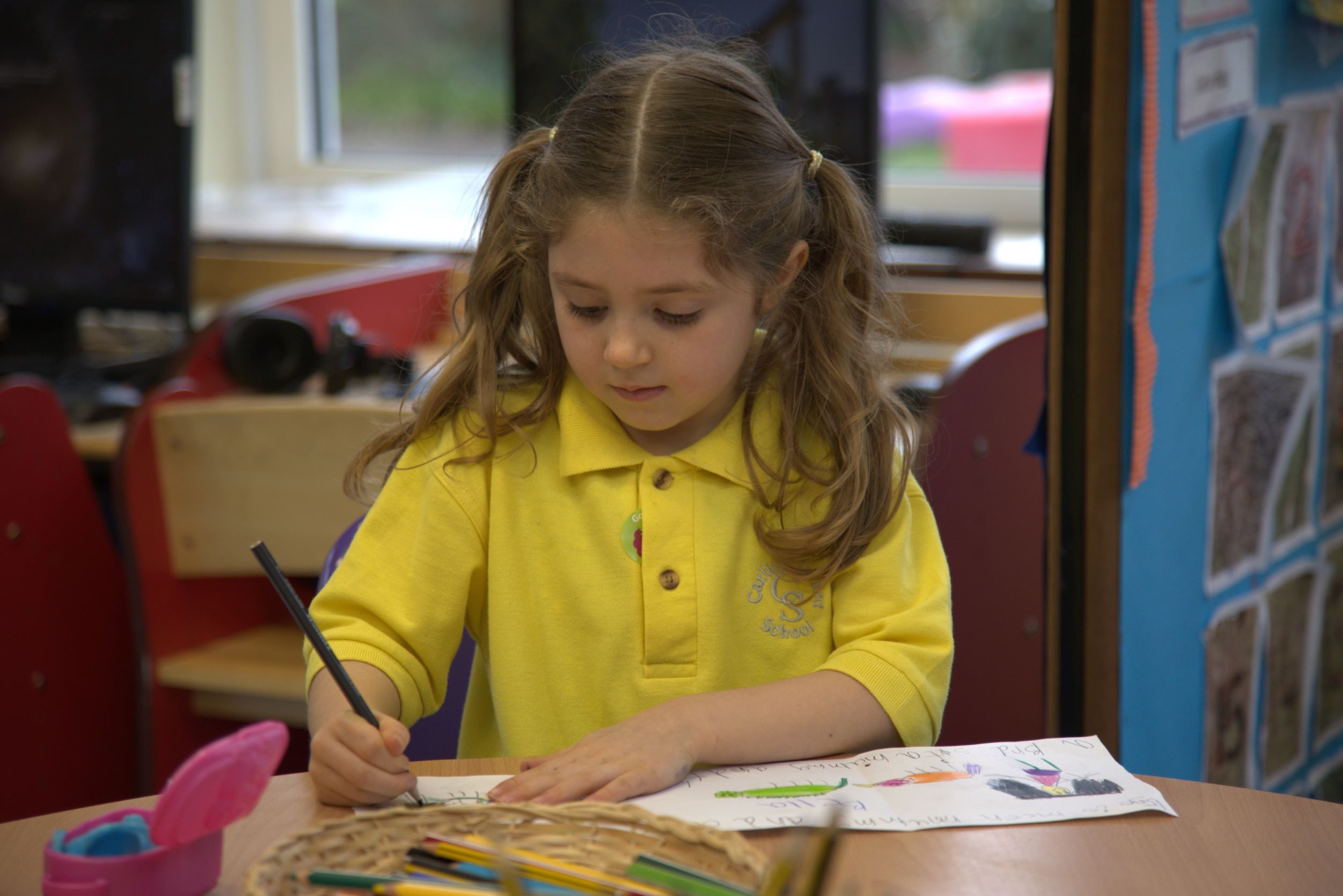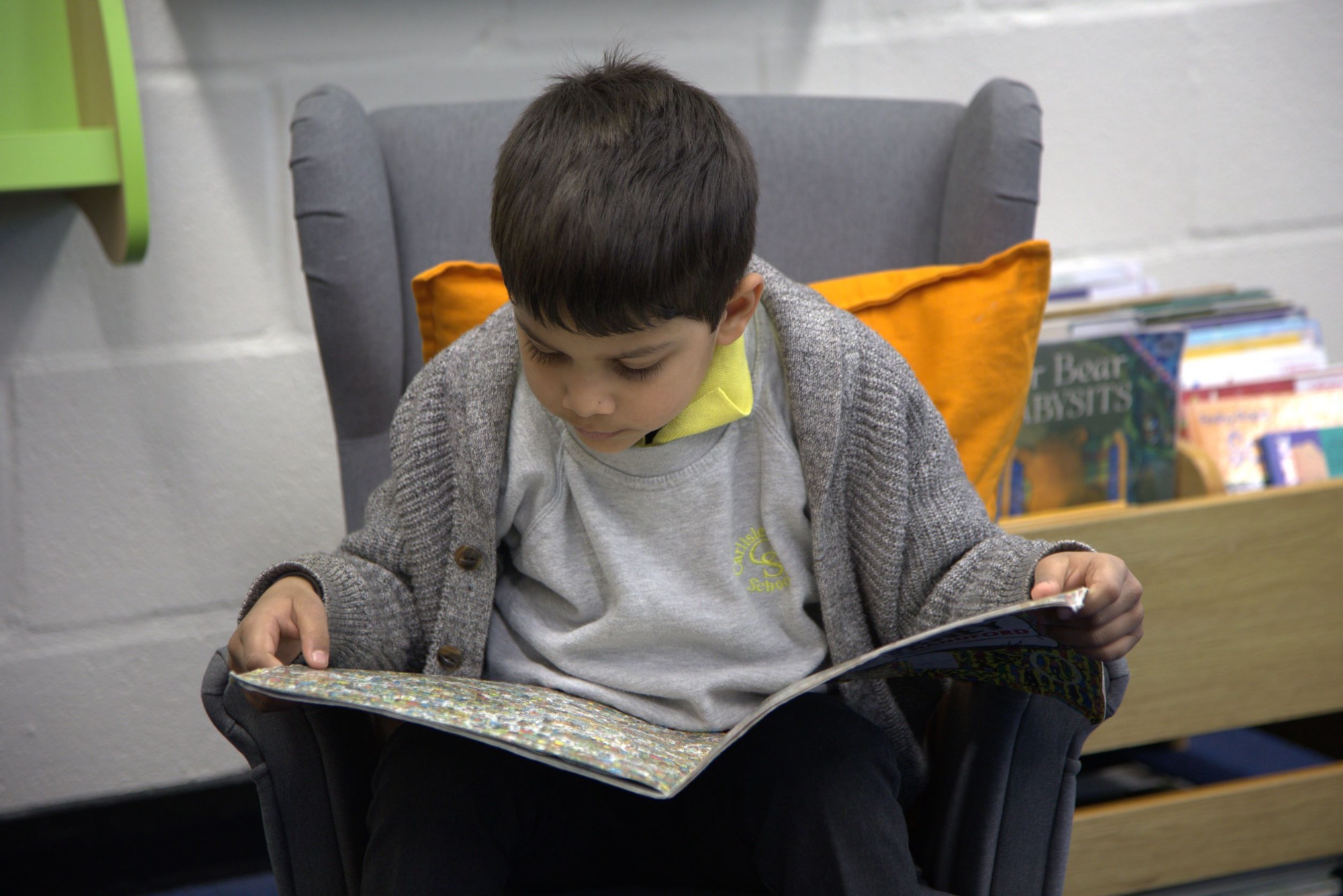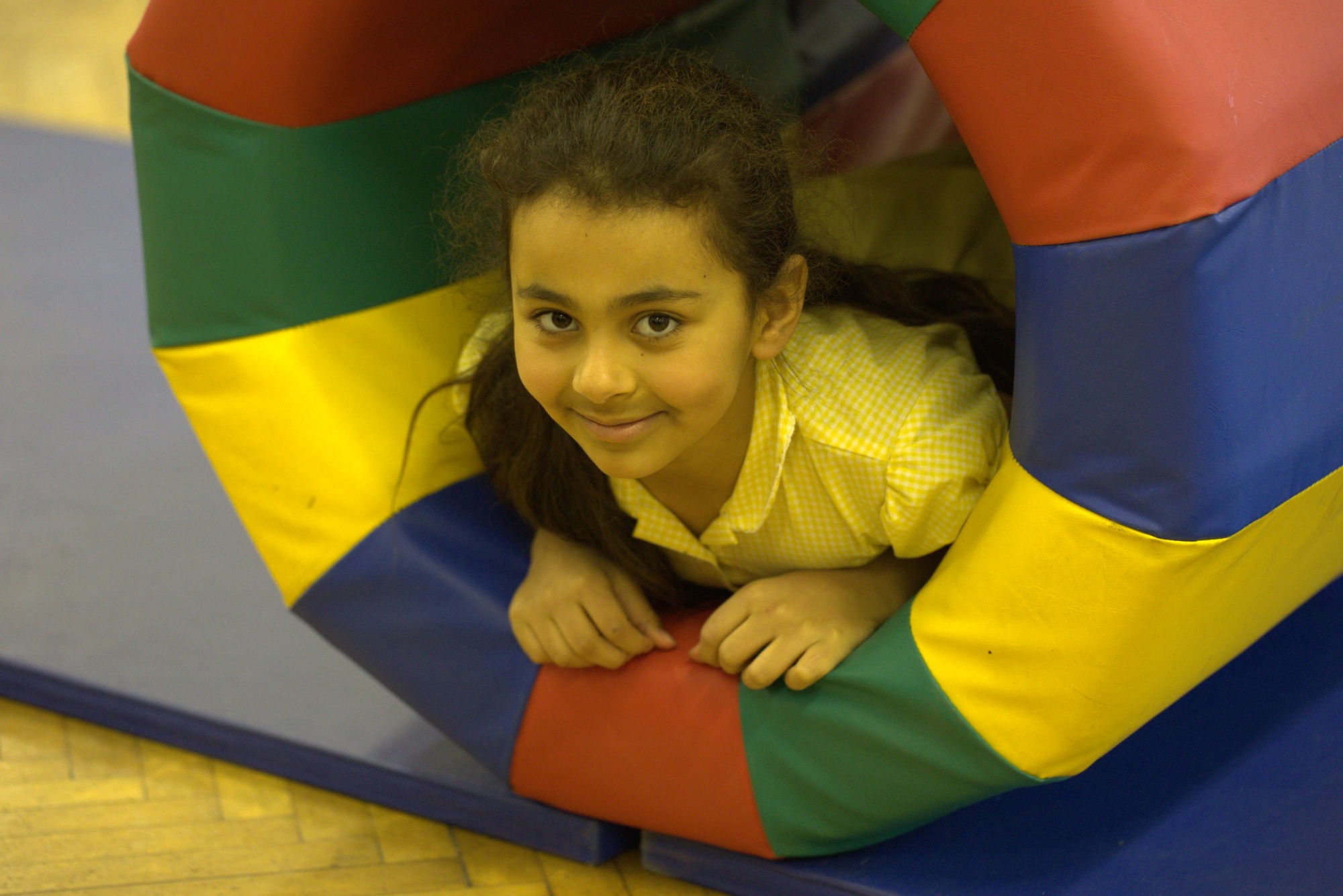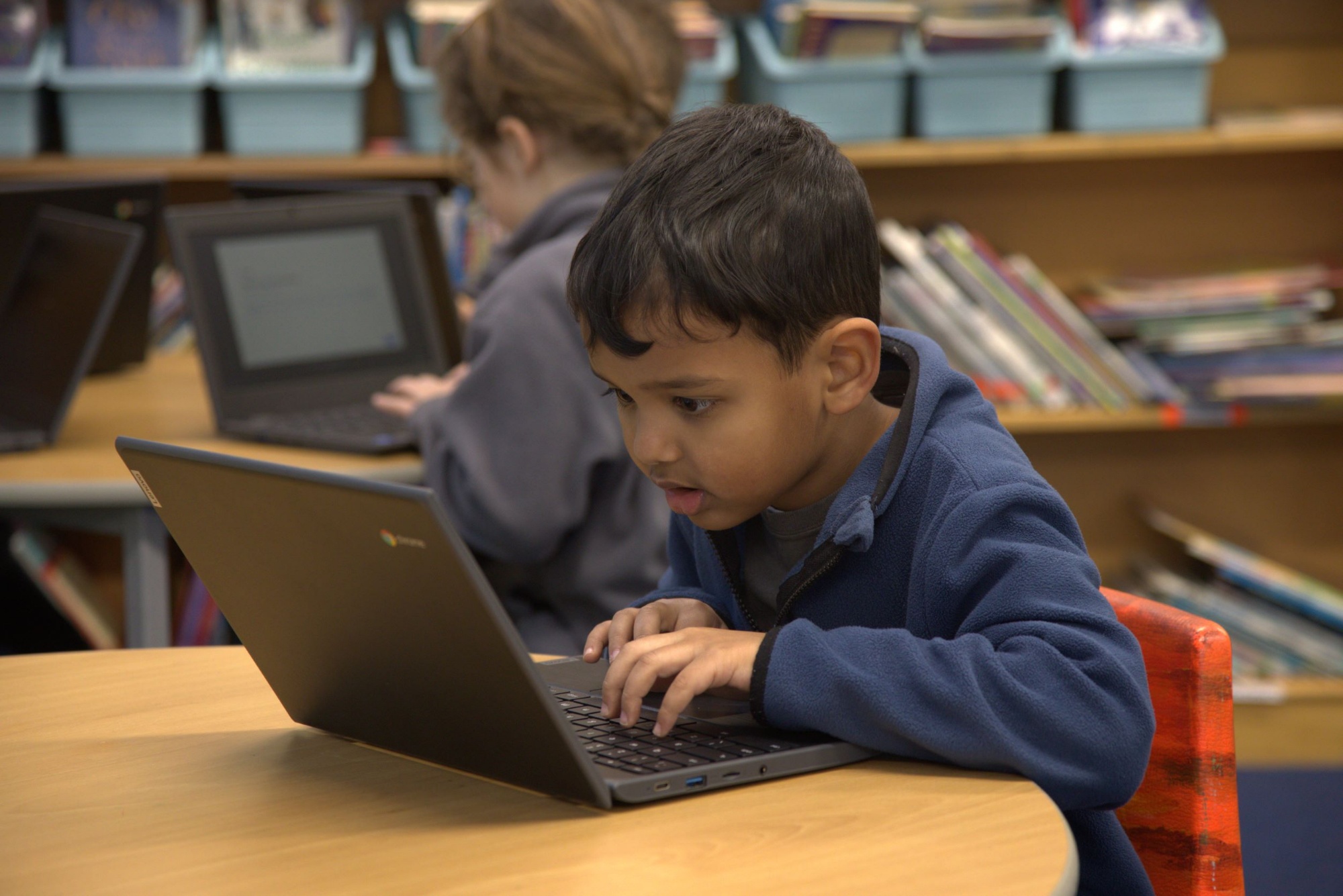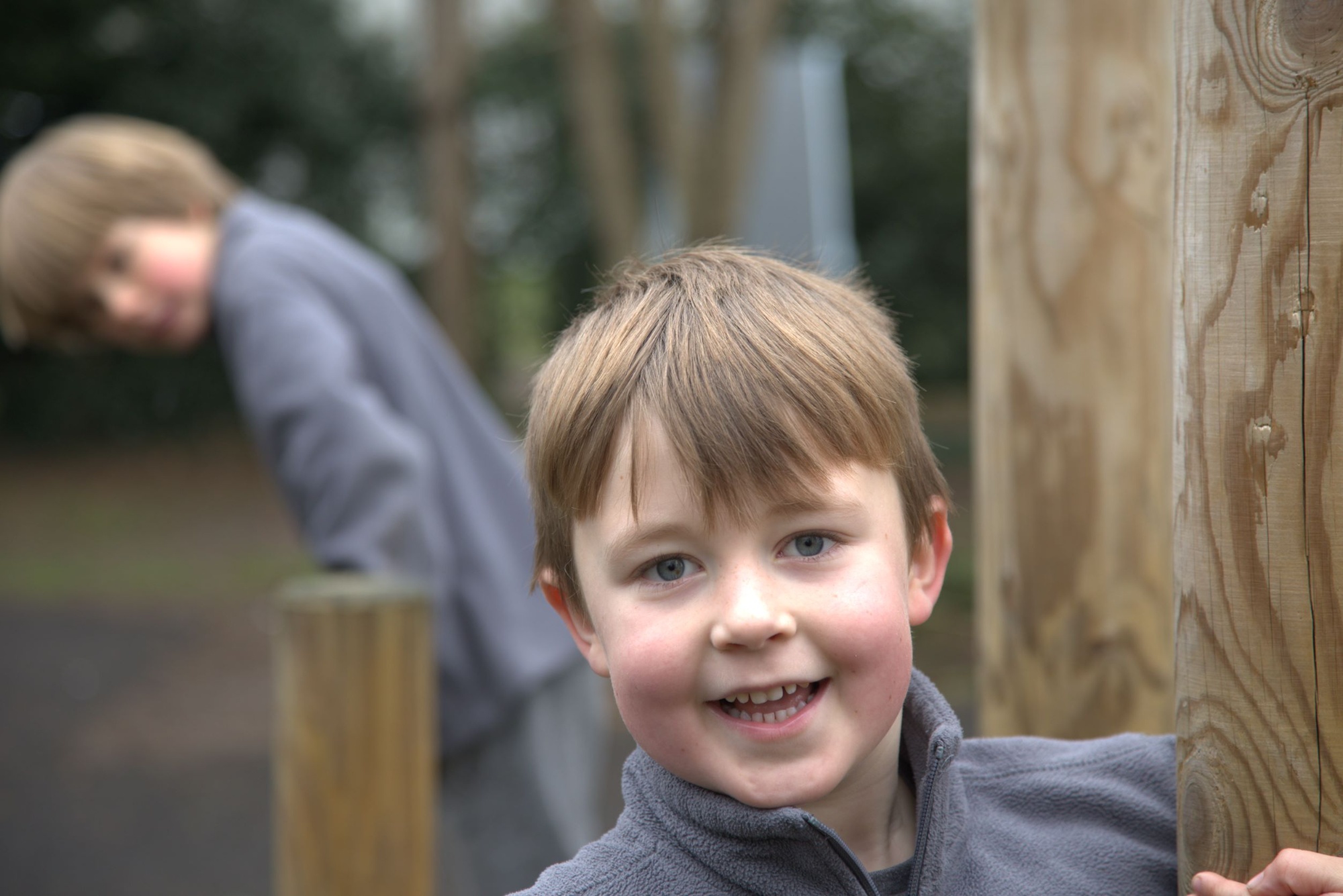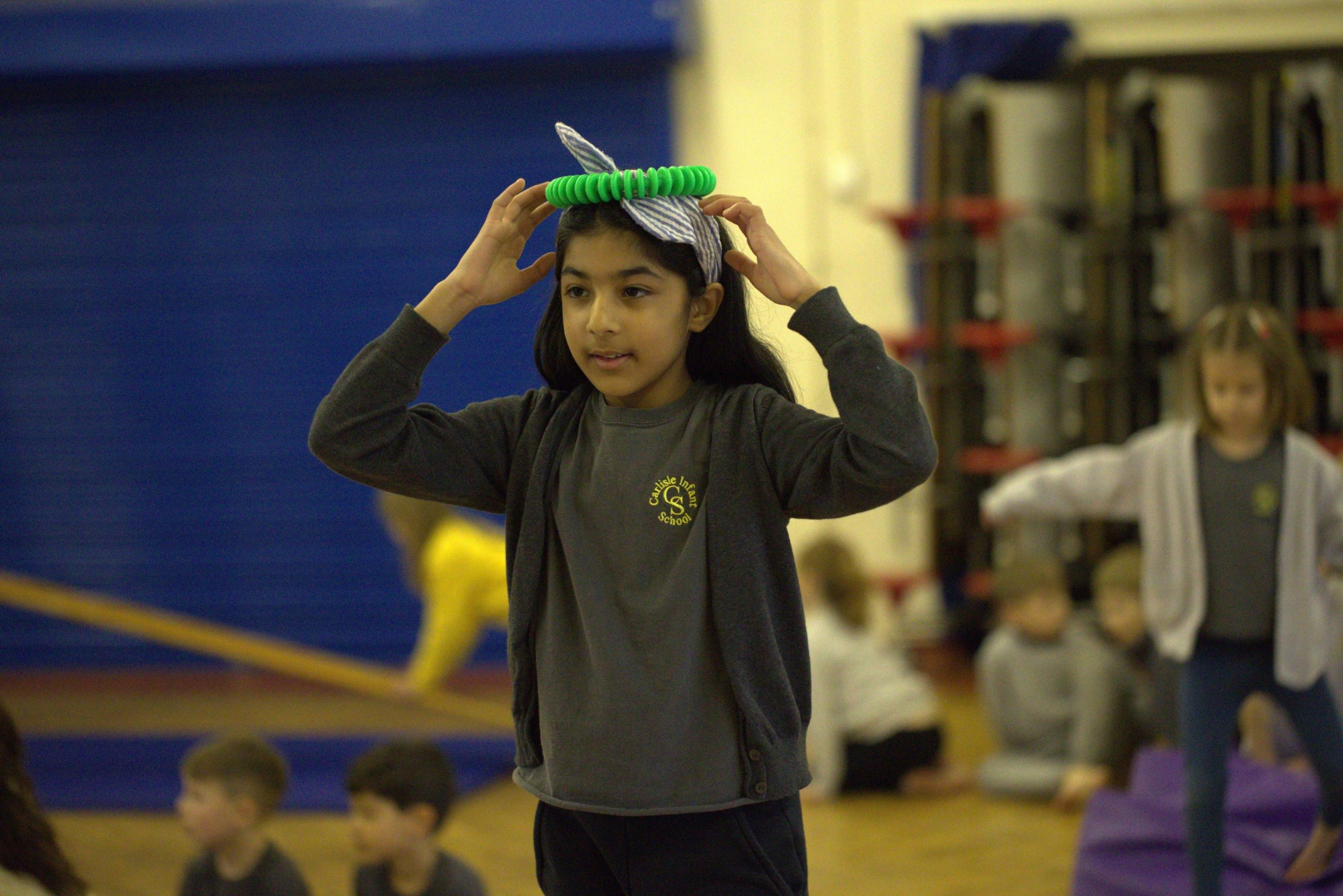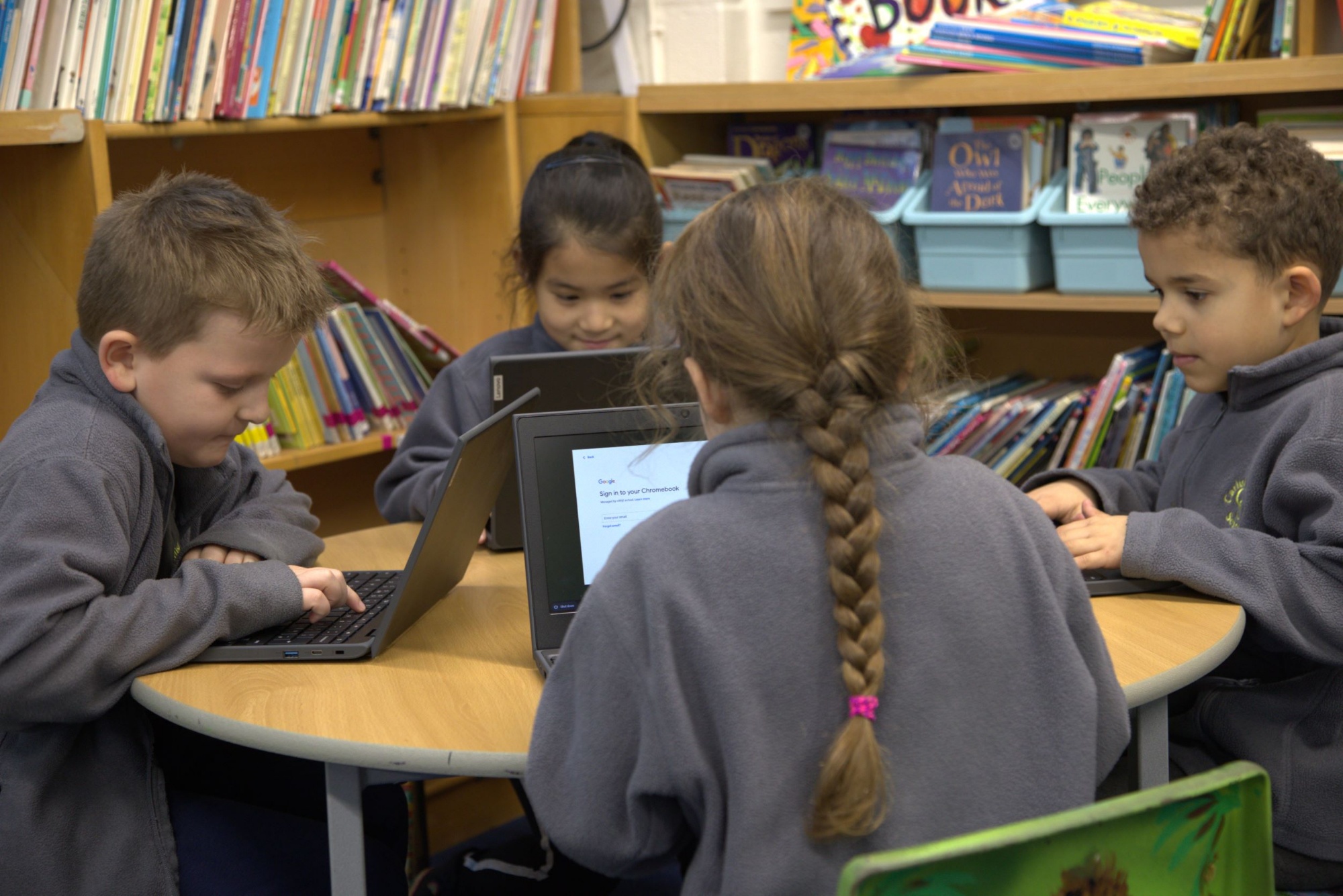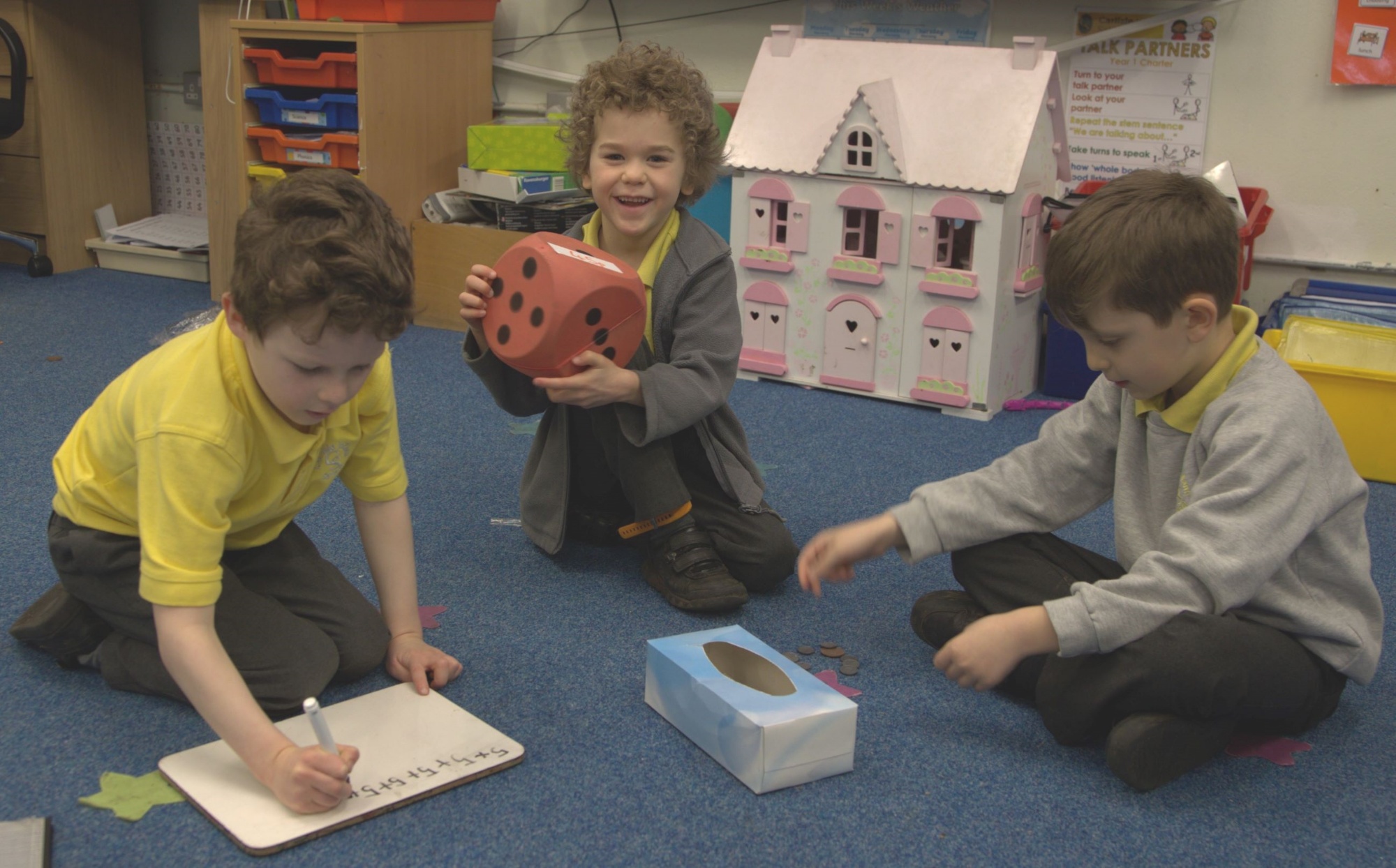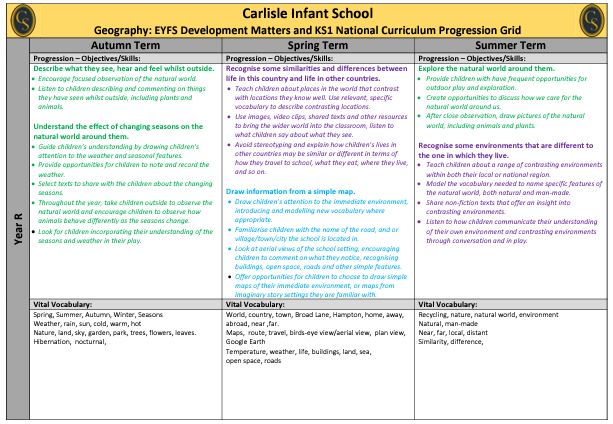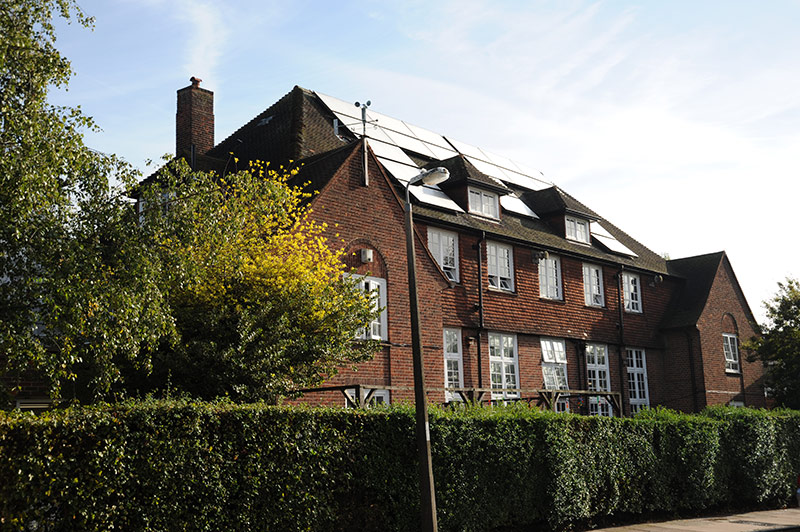Geography
Please click here for our CARLISLE INFANT SCHOOL GEOGRAPHY PROGRESSION MAP
Geography is an exciting and important area of children’s learning. At Carlisle Infant School, our aim is to inspire children about the world they live in. Developing a sense of curiosity about the beautiful world we live in, to want to know more about different places, both near and far, to develop their understanding of the key geographical skills which are;
- use world maps, atlases and globes to identify the United Kingdom and its countries, as well as the countries, continents and oceans studied at this key stage
- To develop an understanding of early geographical terminology.
- use simple compass directions (North, South, East and West) and locational and directional language [for example, near and far; left and right], to describe the location of features and routes on a map
- use aerial photographs and plan perspectives to recognise landmarks and basic human and physical features; devise a simple map; and use and construct basic symbols in a key
- use simple fieldwork and observational skills to study the geography of their school and its grounds and the key human and physical features of its surrounding environment.
Teaching Geography provides a purposeful means for exploring, valuing and understanding the world in which we live. Through the acquisition of Geographical knowledge and skills children can begin to take responsibility for their role in society as young citizens, developing empathy towards their peers, animals and the fragility of our environment. We are a forward thinking school that fosters an early passion for caring and appreciating our planet. This is taught through meaningful learning opportunities at our school, such as; recycling daily milk cartons, fruit and clothes.
Geography at Carlisle Infants encourages children to learn through experience, particularly by going on visits to the rich resources that are on offer in Bushy Park and other local green spaces and parks.
At Carlisle we are in the privileged position to have children from a wide range of different cultural backgrounds. We use this rich tapestry of cultural diversity to develop our children’s understanding of other cultures, and to instil an understanding of what it means to be a positive citizen in a multi-cultural school and country.
Early Years Provision:
Geography is offered as part of our continuous provision on a daily basis within the YR classrooms and in both the indoor and outdoor shared areas. Children are encouraged to:
- explore their own cultural and geographical background by bringing in photos of themselves and their families.
- develop an interest in their own story as well as the stories in their family and their peers through careful observations and discussions
- Listen to and explore engaging and fun stories from other cultures to begin to understand how other people are different from them, yet share some of the same characteristics and ideas.
- Explore the key features of our local environment through trips to Carlisle park and visiting Hampton Hill high street. This also gives the children a sense of their own identity and that they belong to a community.
- Children are encouraged to be outside in all seasons, to grown their own vegetables and plants, harvest the crops, look after the gardens in our school to help foster an understanding of the weather and how to be sustainable.
KS1 Provision:
The teaching of geography is part of the teaching within our Active Learning Zones, as well as being offered as part of discrete termly projects. Children build on their Early Years experiences by beginning to broaden the depth of their skills and knowledge within the following categories, aiming by the end of year 2 to be able to:
- Children are encouraged to complete puzzles of the world maps, explore atlas and online maps to support them in their ability to name and locate the world’s seven continents and five oceans name, locate and identify characteristics of the four countries and capital cities of the United Kingdom and its surrounding seas
- Children bring in photos, of where they went on their summer holidays with their families. They are then encouraged to discuss what the place is like, in terms of weather, clothing they will need to wear. With support, they then compare and contrast the location to the locality of our school. We also use this a rich resource to identify different places on a map of the UK and countries worldwide.
- Children look at and discuss different pictures of UK coastlines, to develop their understanding of basic geographical vocabulary of physical and human geographical features.
- Children make and record daily weather observations to help them to identify seasonal and daily weather patterns in the United Kingdom. They also are encouraged to discuss what clothing they would need for different weather patterns, to support their understanding of seasonal change. Children also create different pieces of art work, of local scenes, to also support knowledge and understanding of seasonal change.
- Children are taken of several visits to local green spaces and parks to support their understanding of what a map is, its key features and how to use it, including simple compass directions, locational and directional language.

